19 Mind-Blowing Eiffel Tower Facts You’ve Never Heard Before Brandon Specktor ( courtecy;- reader's digest )
- লিঙ্ক পান
- X
- ইমেল
- অন্যান্য অ্যাপ
CULTURE
19 Mind-Blowing Eiffel Tower Facts You’ve Never Heard Before
The 300 artists who protested it, the woman who married it, the man who REALLY designed it, and more.
Gustave Eiffel did not design the Eiffel Tower
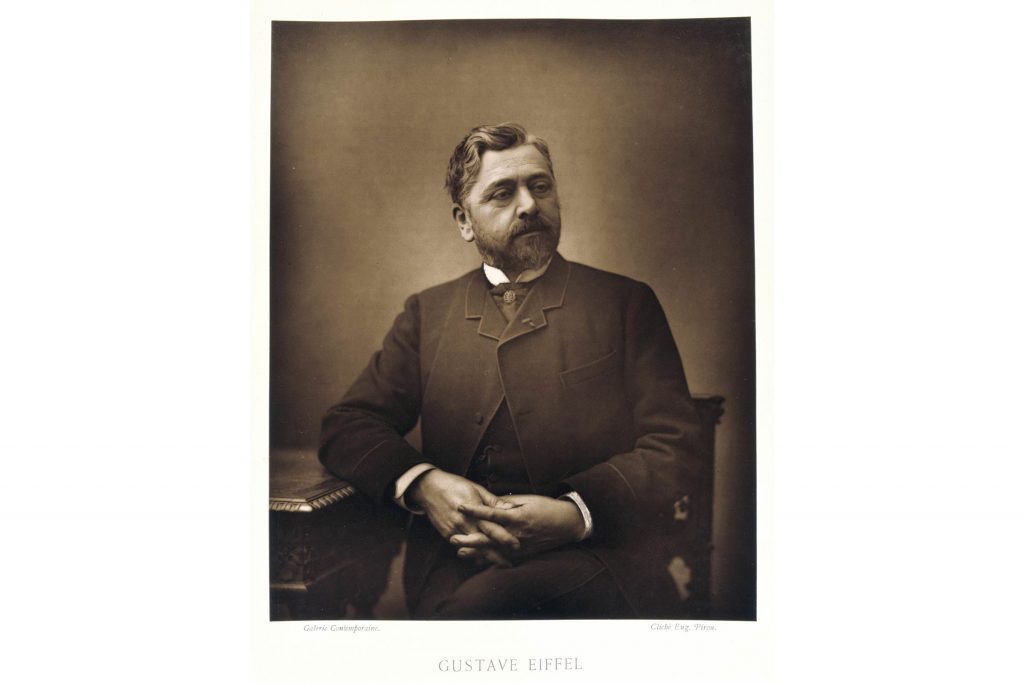 Images Group/REX/Shutterstock
Images Group/REX/Shutterstock
But one of his employees—engineer Maurice Koechlin—did. In fact, Eiffel rejected Koechlin’s original sketches, calling them too minimalist and requesting a little more oomph. After approving Koechlin’s final design in 1884, Eiffel started shopping his company’s masterpiece around.
Spain didn’t want it
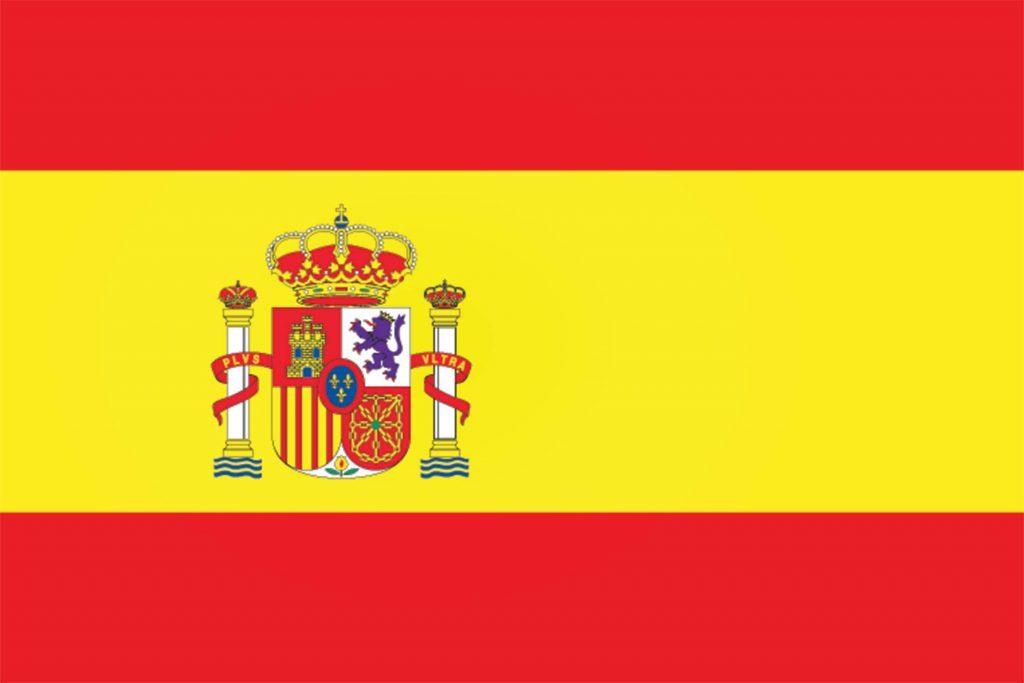 Artgraphixel/Shutterstock
Artgraphixel/Shutterstock
Eiffel originally pitched his tower to the city of Barcelona, Spain. They rejected it, worried it would be an unwieldy eyesore. Beyond Eiffel Tower facts, these are iconic American landmarks that were almost never built.
Luckily, the (World’s) fair was in town
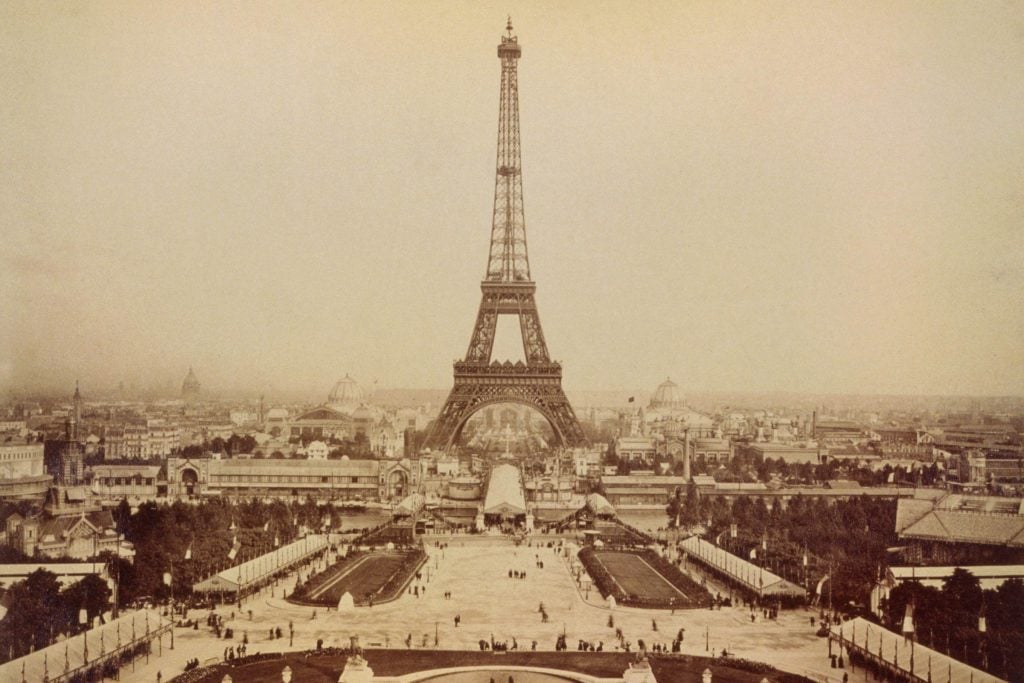 Everett Historical/Shutterstock
Everett Historical/Shutterstock
It just so happened that Paris was looking for a monumental, 300-meter-tall archway to serve as the entrance to their 1889 World’s Fair grounds, commemorating the 100th anniversary of the French Revolution. Eiffel and Co.’s design was picked among more than 100 competing submissions and construction began on January 28, 1887.
It helped that Eiffel had a hand in the Statue of Liberty
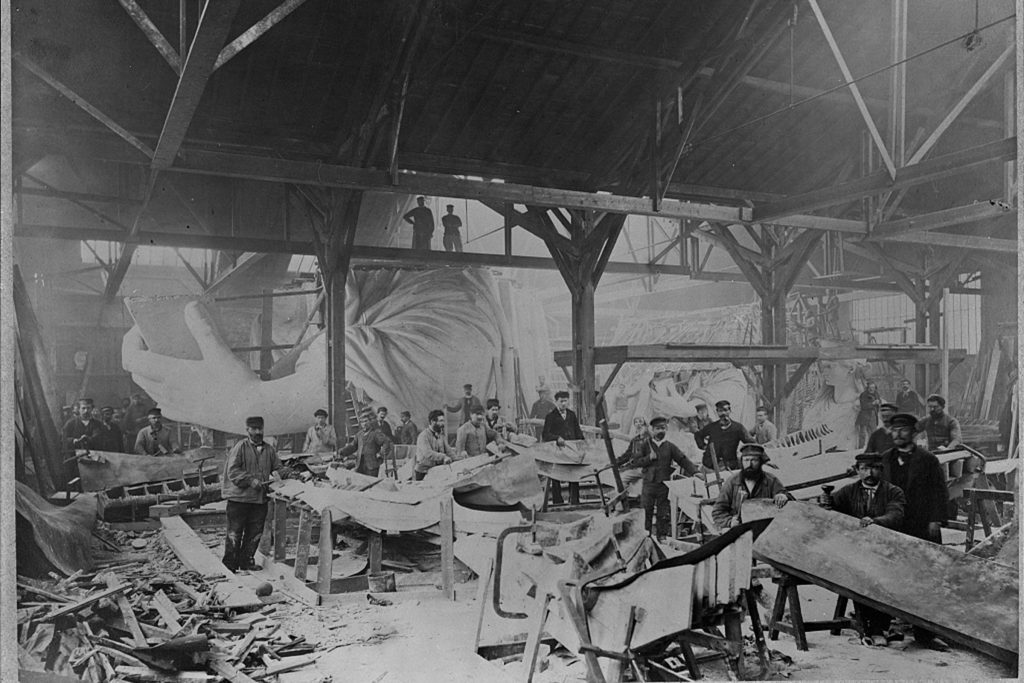 Courtesy Library of Congress
Courtesy Library of Congress
In 1879, the man tapped to design the interior of Liberty Enlightening The World (as she is formally named) passed away. Eiffel was hired to replace him, designing a flexible metal skeleton for the Statue of Liberty that keeps her standing to this day. In a way, that makes Lady Liberty and the Eiffel Tower half-sisters. If you’d rather hear American trivia than Eiffel Tower facts, check out the United States trivia you never learned in school.
Paris didn’t love the Tower at first
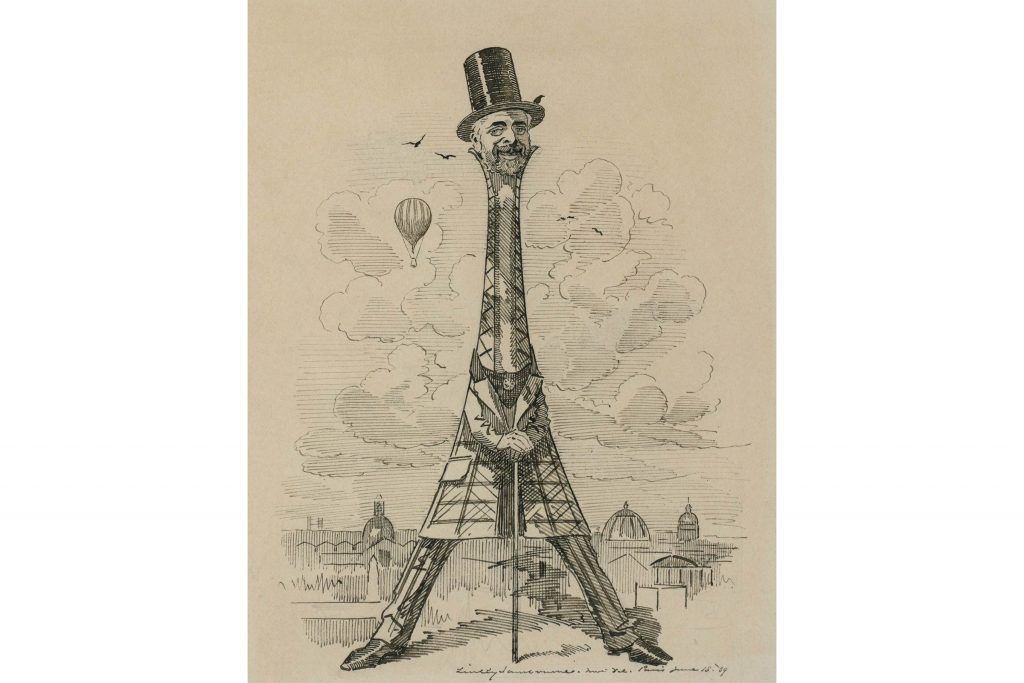 Everett Historical/Shutterstock
Everett Historical/Shutterstock
Not everyone, at least. As soon as Eiffel’s plans went public, a grumble of 300 Paris luminaries signed a petition protesting the monolith’s construction, calling it “useless and monstrous,” a “stupefying folly,” and an “odious column of bolted metal.” Even after the monument was completed two years later, writer Guy de Maupassant made a pointto eat lunch every day at the cafe directly below it—the only spot in Paris where he could not see the Eiffel Tower.
The Eiffel Tower instantly became the world’s tallest building
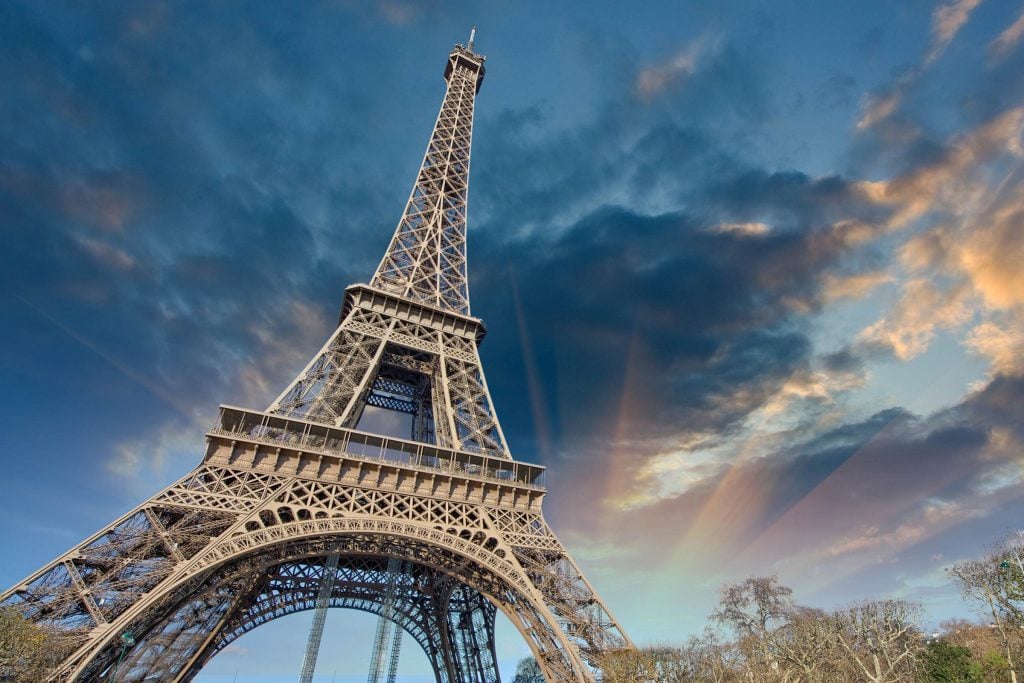 pisaphotography/Shutterstock
pisaphotography/Shutterstock
Standing 984 feet high upon completion on March 15, 1889, the Eiffel Tower became the world’s tallest structure. It kept that honor for 41 years until the Chrysler Building topped it out in 1930, standing at 1,046 feet.
But the Eiffel Tower got the last laugh
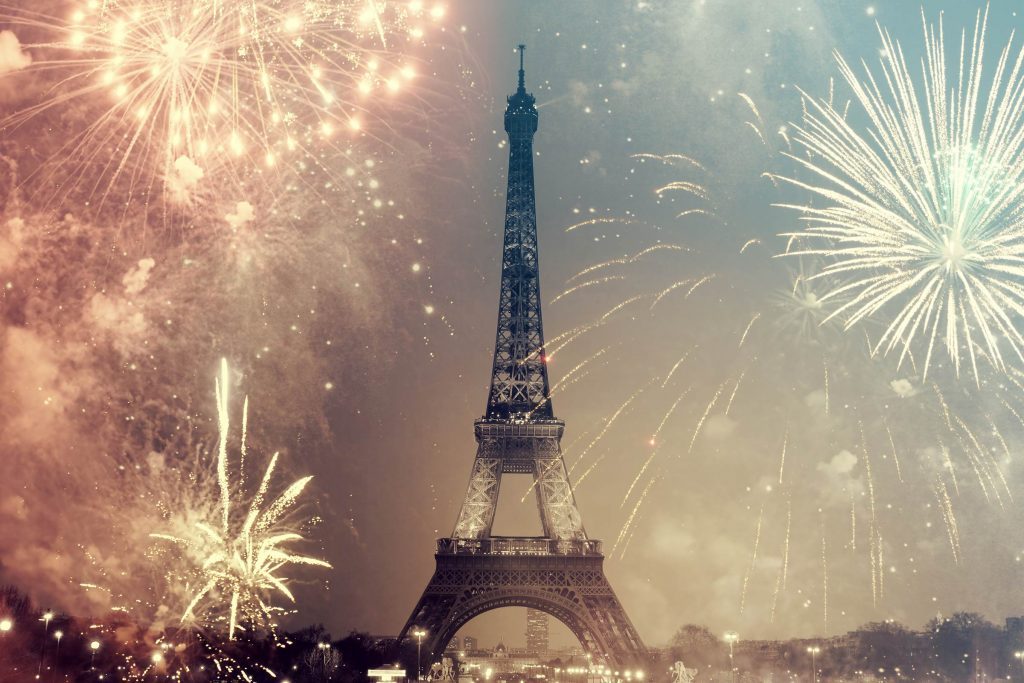 melis/Shutterstock
melis/Shutterstock
In 1957, a 67-foot antenna was added, making the Eiffel Tower six feet taller than its old nemesis. (Of course, by then, the Empire State Building skunked them both).
It literally grows in the sunlight
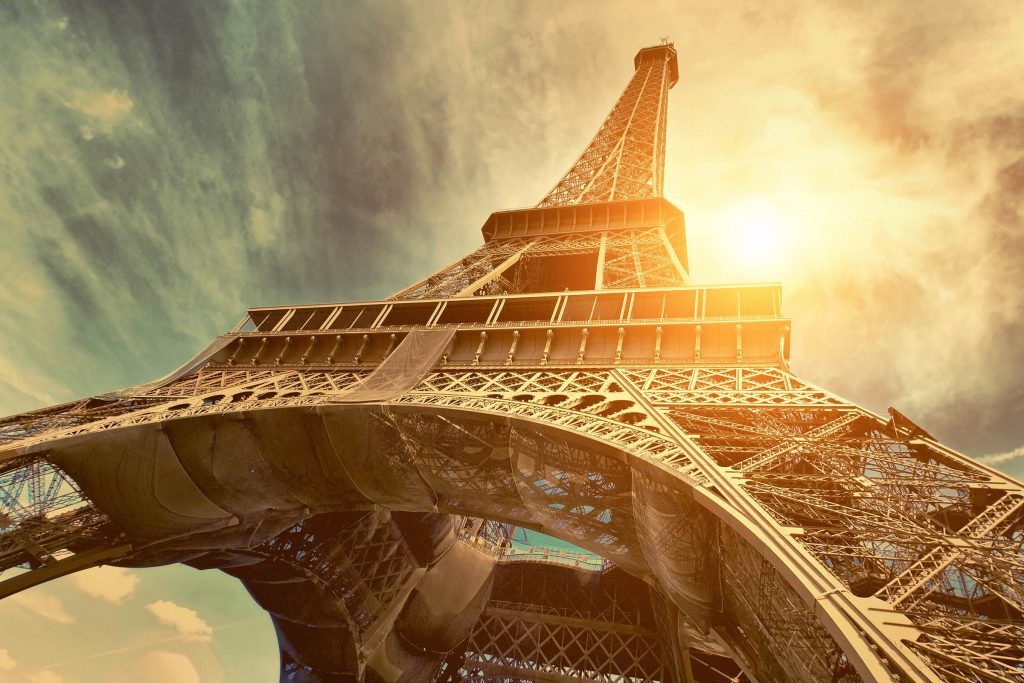 Andrey Yurlov/Shutterstock
Andrey Yurlov/Shutterstock
Thanks to thermal expansion, the Eiffel Tower can grow up to six inches taller on warm days, and lean several inches away from the sun.
It used to be yellow
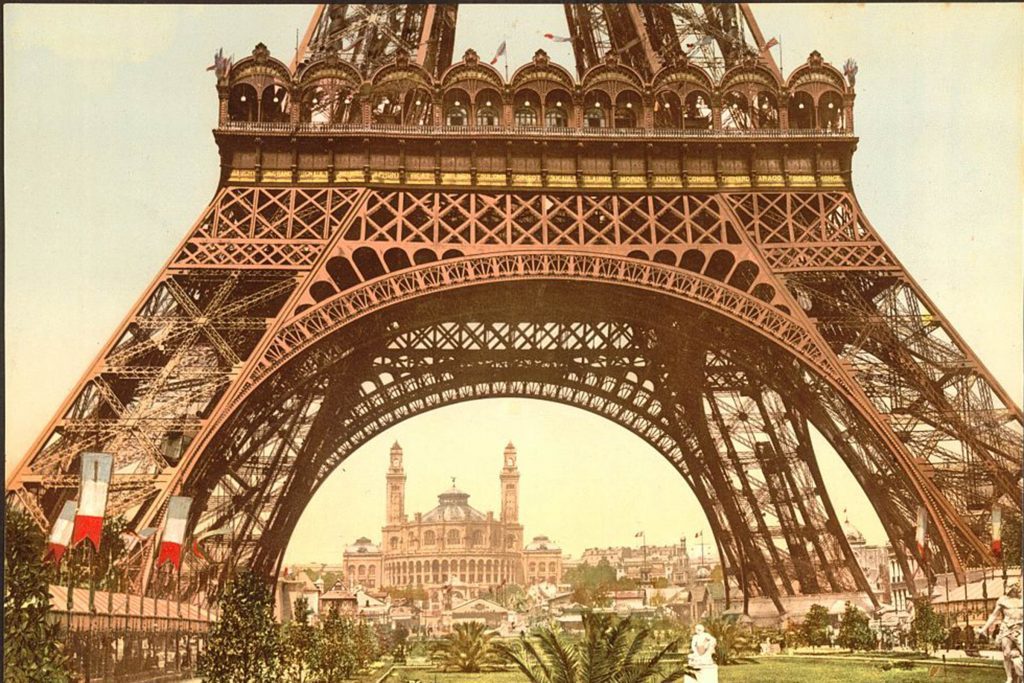 Courtesy Library of Congress
Courtesy Library of Congress
The Eiffel Tower wasn’t born with that perfect bronzed tan; it has been repainted 18 times, roughly once every seven years (other colors the Tower has worn include red-brown, yellow-ochre, and chestnut brown). How much paint is that? About sixty tons to cover the Tower’s surface, plus 50 kilometers of cords and five acres of netting. But that’s not the only maintenance cost—this is how much it costs to light up the Eiffel Tower every day.
But it will never be green
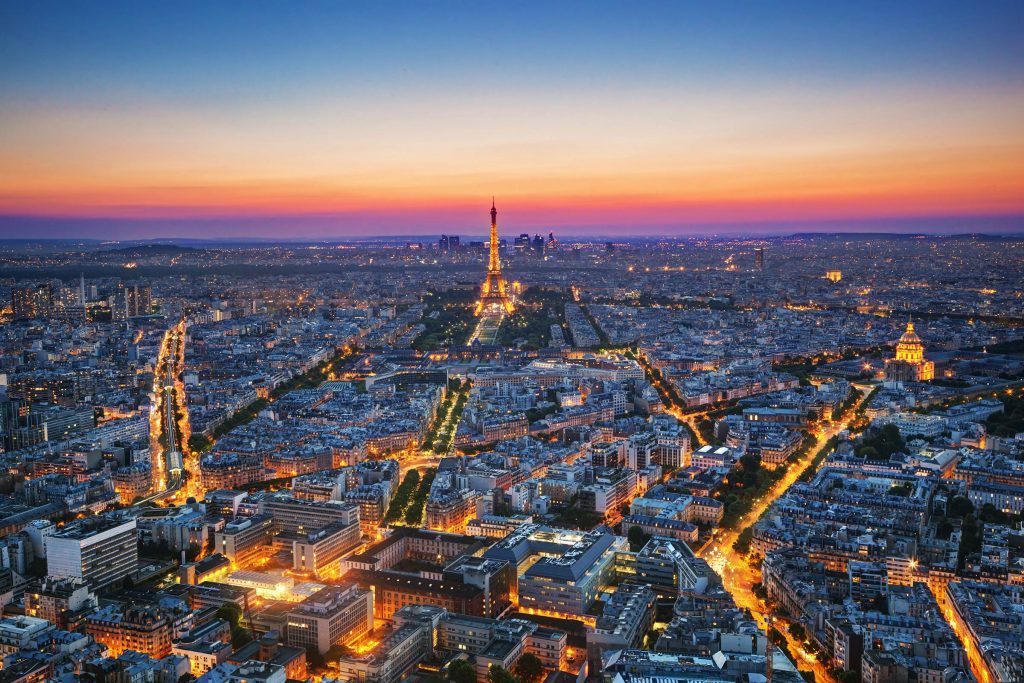 Michal Bednarek/Shutterstock
Michal Bednarek/Shutterstock
All that paint isn’t just for show—regularly applying multiple coats of paint protects the Tower’s metal from oxidizing (aka turning green, like its sister Lady Liberty). According to Eiffel himself, “the more meticulous the paint job, the longer the Tower shall endure.”
Eiffel built a secret apartment for himself
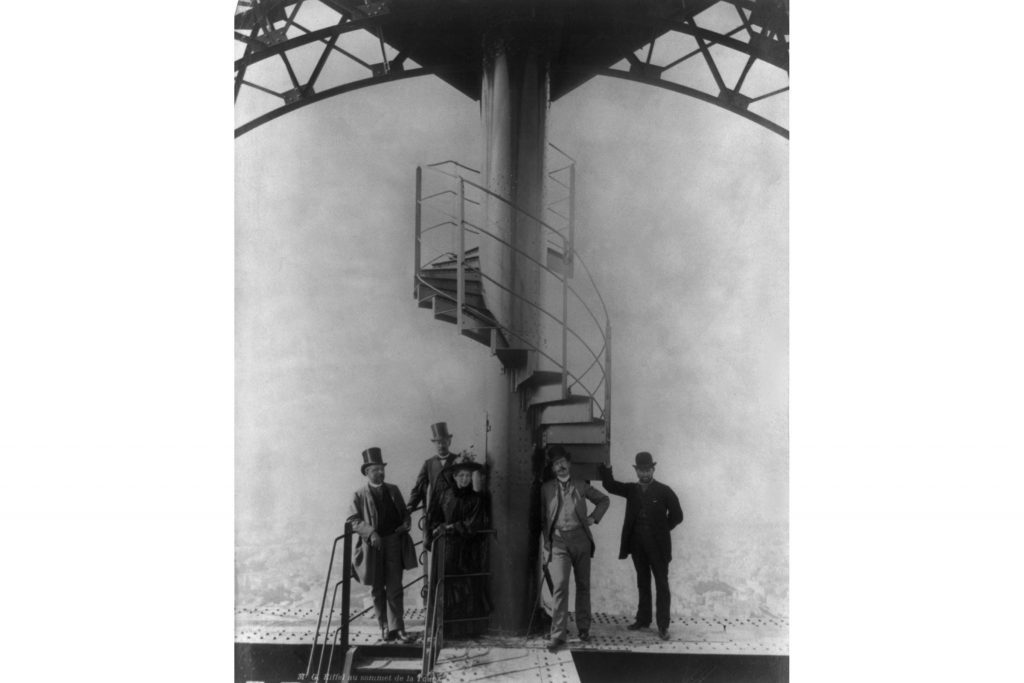 Shutterstock
Shutterstock
Located on the third level of the tower, 1,000 feet in the air, Eiffel’s cozy apartment was built with rustic wooden furniture, a grand piano, and all the cutting-edge lab equipment of the day. He used the space to host visiting notables like Thomas Edison—but today, you can tour it yourself, and tip your hat to the life-sized mannequin re-creations of Eiffel and his guests. Learn which other famous monuments are hiding little-known secrets.
The Tower should’ve been dismantled in 1909
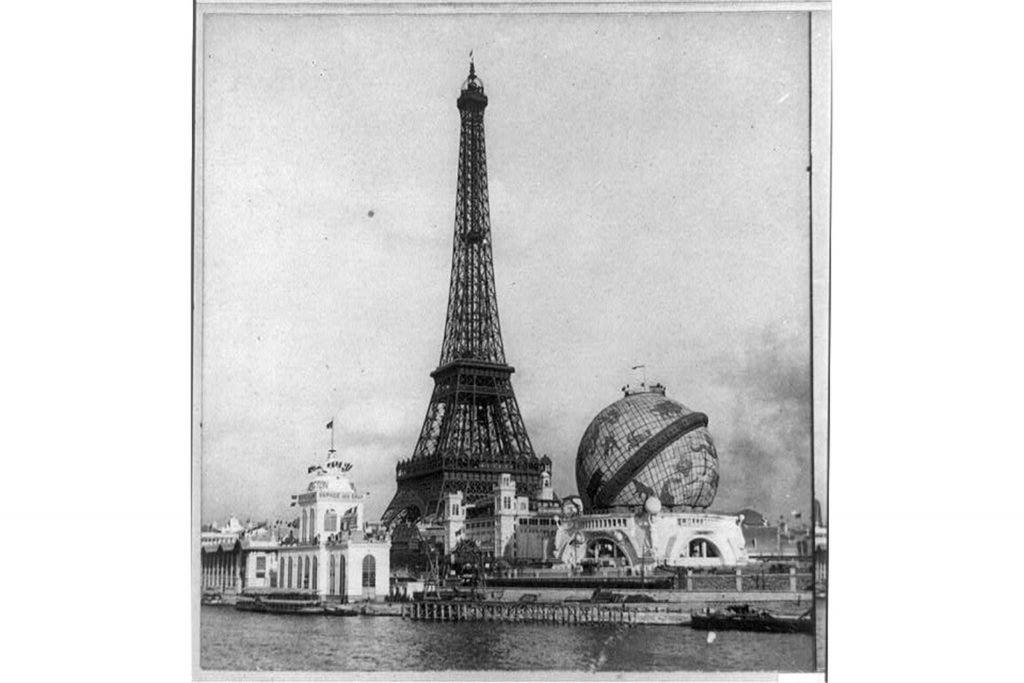 Courtesy Library of Congress
Courtesy Library of Congress
Designed specifically for the World’s Fair, the Tower was originally meant to be a temporary structure with a 20-year lifespan. City officials decided to save it as tensions mounted toward WWI, when the Tower’s height became an asset for radiotelegraph transmitting.
In fact, the Tower helped the Allies win WWI
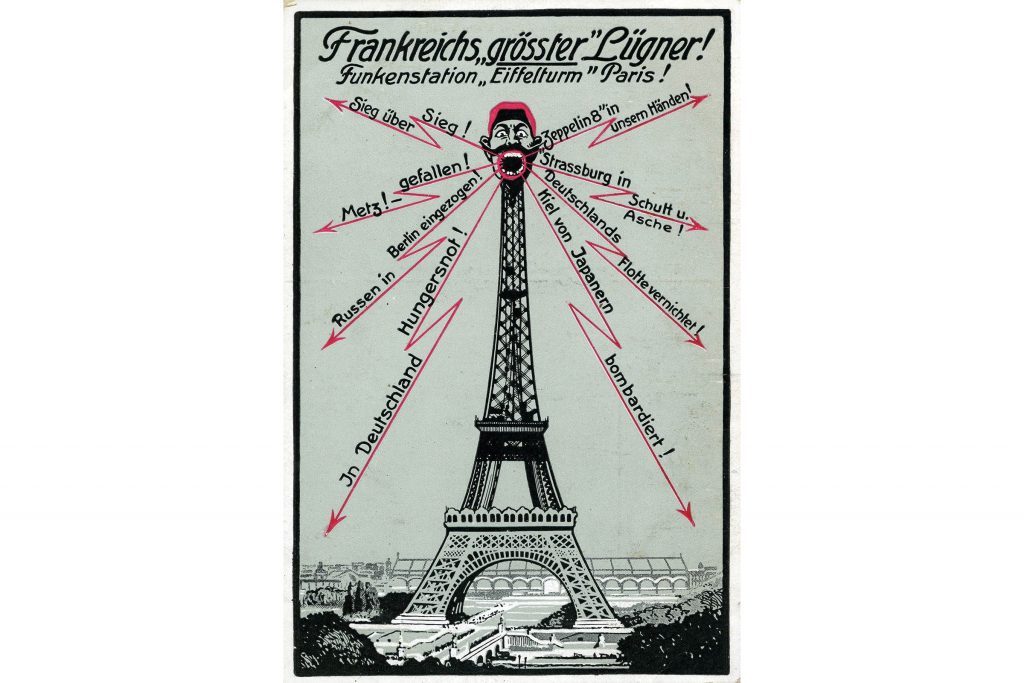 Kharbine-Tapabo/REX/Shutterstock
Kharbine-Tapabo/REX/Shutterstock
During the 1914 Battle of Marnes, the Tower’s wireless telegraph transmitter was used to jam German communications, helping turn the tide for the Allies. Throughout the next five years, the Eiffel Tower became a comms hub for listening in on enemy transmissions, dispatching emergency reinforcements, and even misguiding German zeppelins that tried to hone in on the Tower’s signal. The Tower helped save France—and thus, WWI saved the Tower.
And it opposed Hitler in WWII
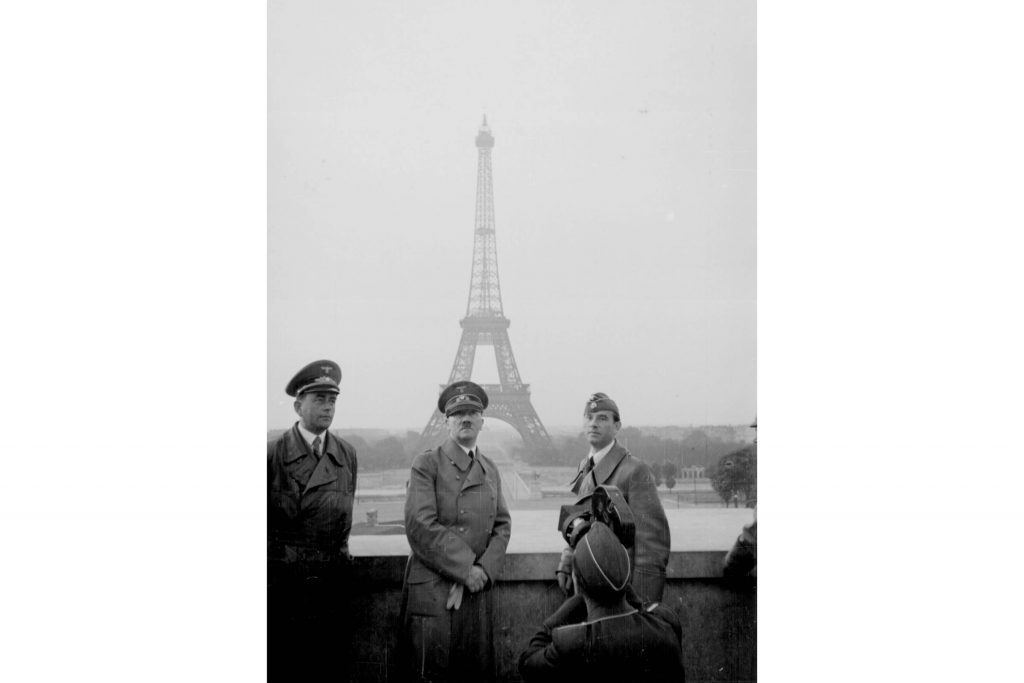 Images Group/REX/Shutterstock
Images Group/REX/Shutterstock
When Germany occupied Paris in 1940, city officials cut the lift cables on the Eiffel Tower so that the Reich would have to climb all 1,710 steps to the summit if they wanted to hang a swastika from it. The Germans did indeed try to hang a swastika from the tower, but the flag was so big and unwieldy it quickly blew away in the wind.
Hitler tried to demolish it, but this man disobeyed him
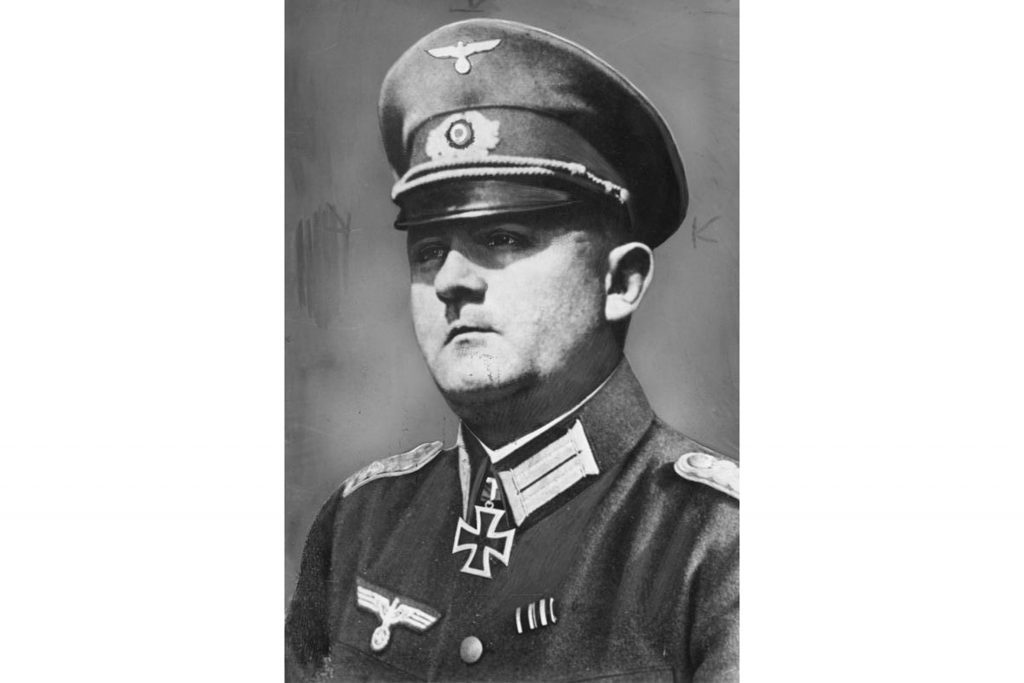 Courtesy German Federal Archives
Courtesy German Federal Archives
As the Allies neared Paris to liberate it in August 1944, Hitler ordered General Dietrich von Choltitz to raze the Eiffel Tower along with the rest of the city. Luckily, as a quick glance at the Paris skyline will show you, Von Choltitz disobeyed the order, having too much appreciation for the city and believing, finally, that the Fuhrer had gone mad.
One con man managed to “sell” the Eiffel Tower … twice
 WDG Photo/Shutterstock
WDG Photo/Shutterstock
Legendary con artist Victor Lustig had a knack for making strangers trust him. So much so that in the 1920s Lustig convinced two separate investors to buy the Eiffel Tower from him, which he claimed was being sold off for scrap metal. Lustig claimed a $70,000 bribe from his first victim, but was never caught or punished; the poor sap was too ashamed to report his losses.
And one woman married it
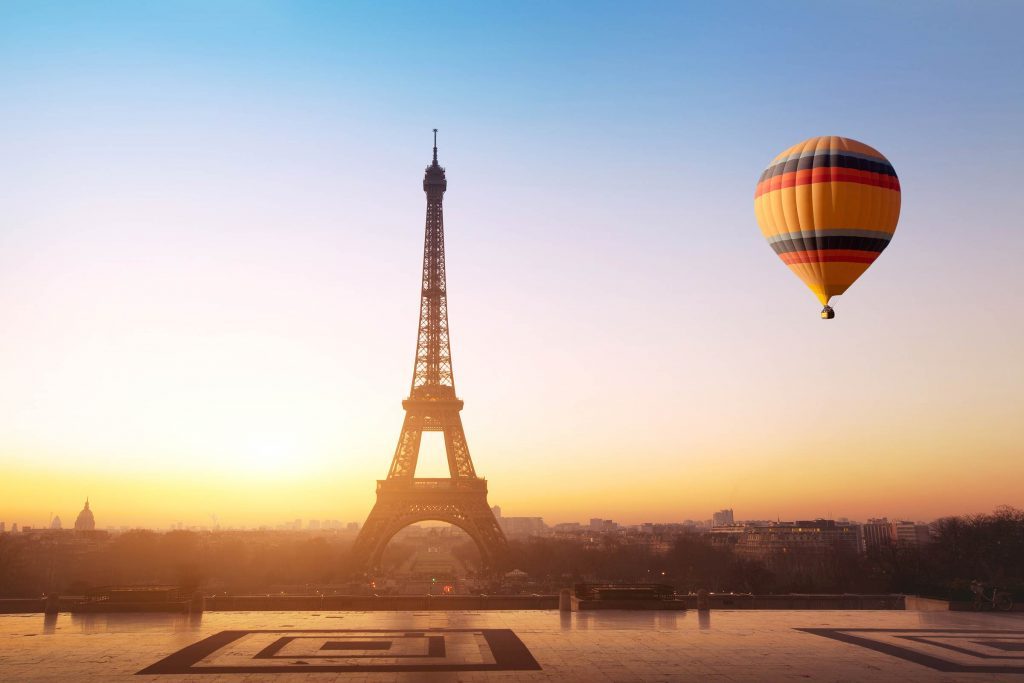 Ditty_about_summer/Shutterstock
Ditty_about_summer/Shutterstock
In 2007, American archer Erika Labrie held a commitment ceremony with the Eiffel Tower, claiming it as her spouse and changing her name to Erika Eiffel. When a documentary about her unconventional romance was met with scorn and cruelty, Erika found solace in a new relationship—with the Berlin Wall.
Today you can get in trouble for even photographing it
 Tom Eversley/Shutterstock
Tom Eversley/Shutterstock
While the Tower’s likeness has long been in the public domain, brand managers made it a little harder to capture its iconic image in 1989, when a French court ruled that lighting displays projected from the Tower are an “original visual creation” protected by copyright. Technically even today it is illegal for anyone to publish a photo of the lit tower at night without permission from France. (Your Facebook photos are probably safe though). Here are more details about why you can’t take pictures of the Eiffel Tower at night.
Despite that, there are more than 30 replicas around the world
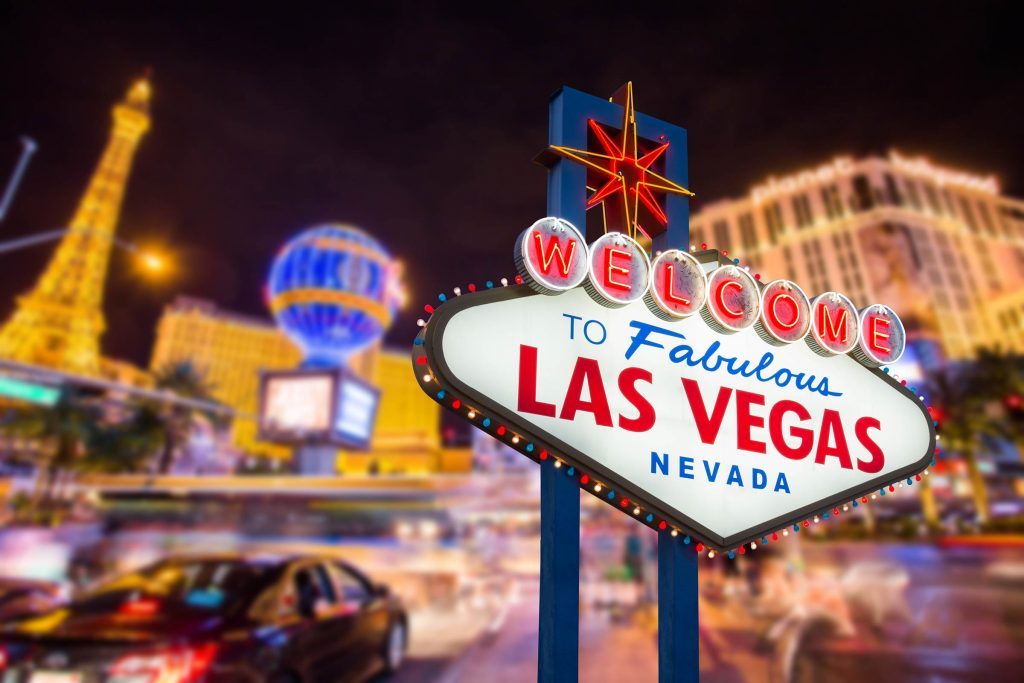 Business stock/Shutterstock
Business stock/Shutterstock
From London to Las Vegas to Lahore, Pakistan, scale replicas of the world’s most famous tower stand against the skyline. The half-scale model of the tower that stands within the Paris Las Vegas hotel was originally meant to be a full-size duplicate—it just happened to be too close to the airport for comfort. For Eiffel Tower facts and beyond, learn 50 interesting facts about basically everything.
- লিঙ্ক পান
- X
- ইমেল
- অন্যান্য অ্যাপ

মন্তব্যসমূহ
একটি মন্তব্য পোস্ট করুন